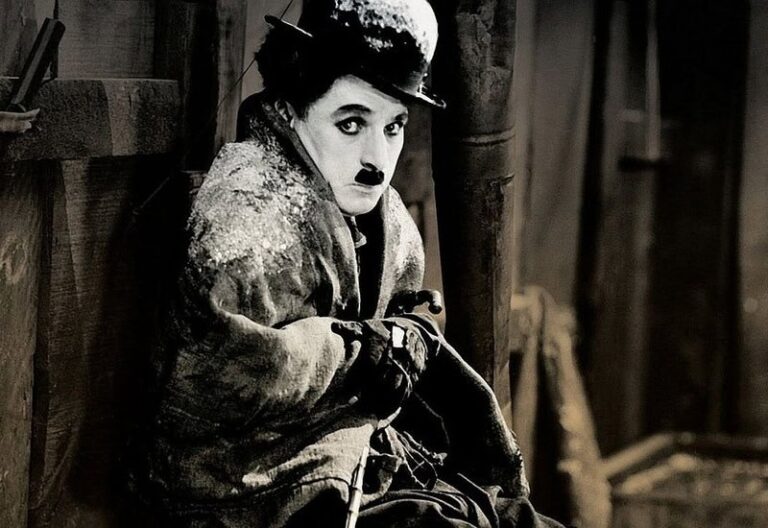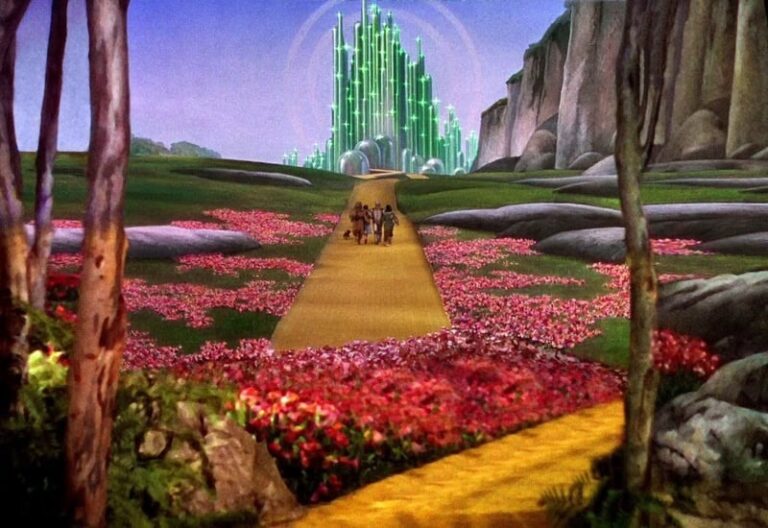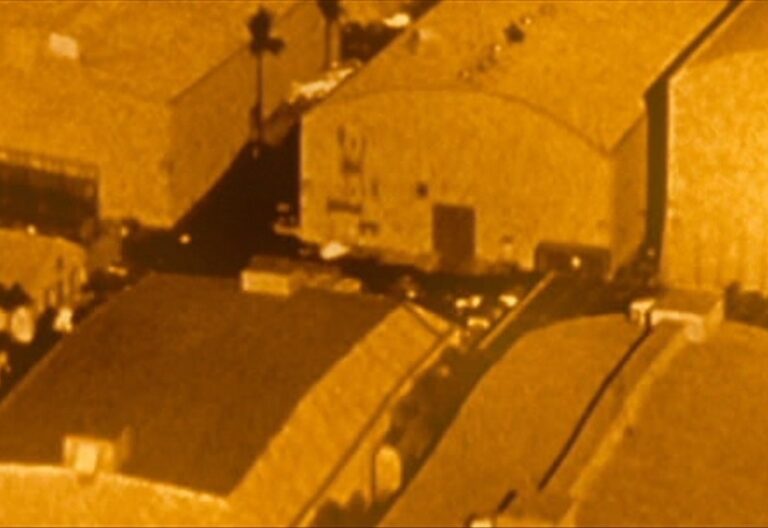comprehensive guide to aspect ratios
An aspect ratio is the proportional relationship between the width and height of an image or screen. It is usually represented as two numbers separated by a colon, such as 4:3, 16:9, or 2.35:1. The first number indicates the width, and the second number indicates the height. This ratio determines the shape of the image and how it fits onto different screens.
Published by: CinemaWaves Team | Filed Under: Film Blog
Early CInema and Academy Ratio
The earliest days of cinema were dominated by the 4:3 aspect ratio, known as the Academy ratio (1.33:1). It originated from the standardization of 35mm film stock, which was introduced by Thomas Edison and William Dickson in the late 19th century. This film stock had an image area that, when projected, produced an aspect ratio of 1.33:1. This nearly square frame was ideal for the primitive cameras and projection systems of the time, which lacked the sophistication needed for wider formats.
During the silent film era, the Academy ratio proved to be incredibly versatile. Filmmakers like D.W. Griffith, Charlie Chaplin, and Buster Keaton used this aspect ratio to great effect. The nearly square frame allowed for a balanced composition that could easily capture the intricate details of set designs and the expressive performances of actors. The intimacy of the frame was particularly effective for close-ups, which became a staple of silent film storytelling.
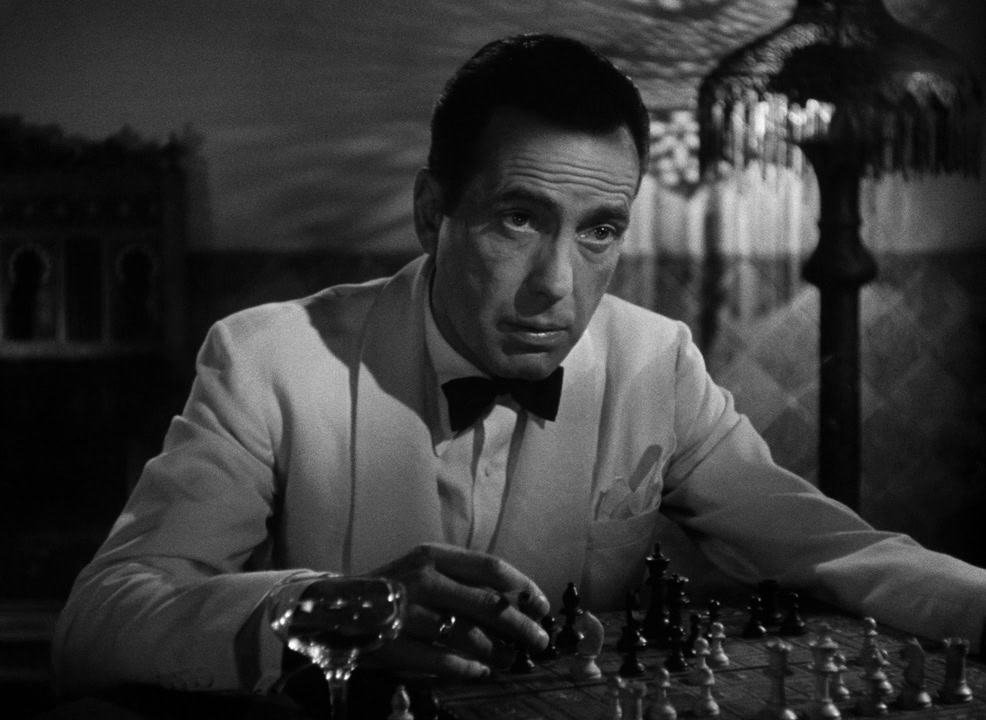
The Rise of Widescreen Formats and now common aspect ratios
As the film industry evolved, directors and studios began experimenting with wider aspect ratios to create more visually immersive experiences. This change was partly driven by competition with television, which had adopted the 4:3 ratio. The 1950s marked the introduction of several widescreen formats that significantly altered the visual presentation of films:
CinemaScope (2.35:1): Introduced by 20th Century Fox in 1953, CinemaScope was one of the first and most influential widescreen formats. It used anamorphic lenses to compress the image horizontally during filming and then expand it during projection. This allowed filmmakers to capture and display a much wider field of view without sacrificing image quality. CinemaScope’s 2.35:1 aspect ratio provided a panoramic view, perfect for epic narratives and grand landscapes.
VistaVision (1.85:1): Developed by Paramount Pictures in 1954, VistaVision was another widescreen format that used standard 35mm film but with a horizontal feed rather than the traditional vertical feed. This resulted in higher resolution and a wider aspect ratio of 1.85:1, which became a standard for many mainstream films. Unlike CinemaScope, VistaVision did not use anamorphic lenses, which made it a simpler and more versatile option for various types of films.
Cinerama (2.59:1): Cinerama was an even more immersive format, using three synchronized projectors to display a single image on a wide, curved screen. With an aspect ratio of 2.59:1, it created an incredibly wide and enveloping viewing experience. However, the complexity and cost of production limited its widespread adoption.
Ultra Panavision 70 (2.76:1): Rarely used but notable for its extreme width, this aspect ratio was famously employed in films like “Ben-Hur” (1959). It offers a very wide frame for capturing vast landscapes and elaborate scenes. Ultra Panavision wasn’t popular and was used only on ten films from 1957 to 1966
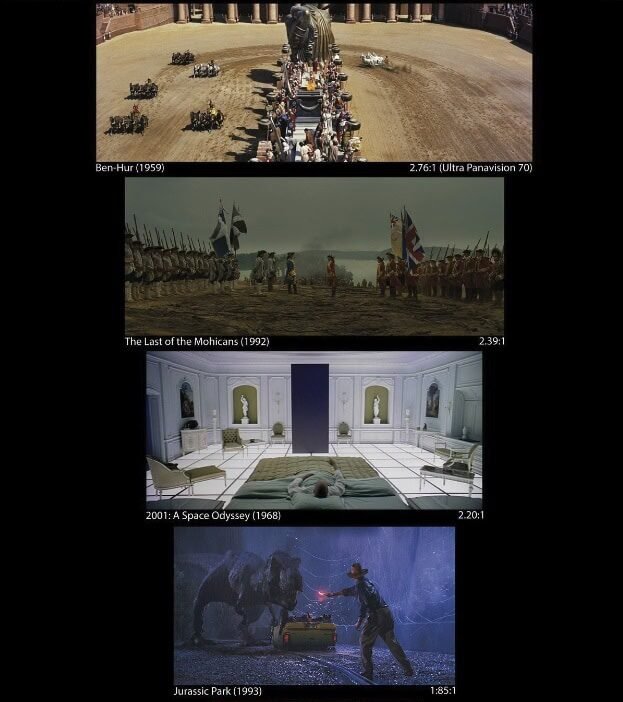
Transition to Television and Home Video
When television became popular in the mid-20th century, it adopted the 4:3 aspect ratio, mirroring the traditional film format. This made it easier to broadcast existing film content without significant cropping or distortion. However, as television technology advanced, there was a push for wider screens to better mimic the cinematic experience at home.
The 1980s and 1990s saw the rise of home video formats like VHS and DVD. These formats initially used the 4:3 ratio, but widescreen TVs with a 16:9 aspect ratio began to gain popularity. This aspect ratio is a compromise between the traditional 4:3 and the ultra-wide CinemaScope, offering a balanced viewing experience for both film and television content.
Aspect Ratios in the Digital Age
With the rise of digital filmmaking and streaming platforms, aspect ratios have become more versatile. Filmmakers can choose the best aspect ratio for their story, and digital screens can adapt to various formats. Many modern films and TV shows use a mix of aspect ratios to enhance storytelling, switching between them for different scenes or narrative purposes. For example, director Christopher Nolan has used IMAX sequences with a taller aspect ratio alongside traditional widescreen scenes to create a more dynamic and engaging viewing experience.
Streaming services like Netflix and Amazon Prime support multiple aspect ratios, allowing content to be displayed as intended by the creators. Additionally, the flexibility of digital screens, from smartphones to large TVs, means that content can be viewed in its original aspect ratio without significant cropping or distortion.
The Impact of Aspect Ratios on Storytelling
Aspect ratios play a crucial role in visual storytelling. They influence the composition of shots, the spatial relationships between characters and objects, and the overall aesthetic of the film or show. A wider aspect ratio, like 2.35:1, can make scenes feel more epic and grand, while a narrower ratio, like 4:3, can create a more intimate and focused experience.
Filmmakers usually choose an aspect ratio based on the narrative needs of their project. For instance, a director might use a wider aspect ratio for an adventure film to capture expansive landscapes and action sequences, while a tighter aspect ratio might be used for a character-driven drama to emphasize emotional depth and personal interactions.
In conclusion, aspect ratios have evolved significantly over the long history of cinema and television, reflecting the artistic choices of filmmakers, and driven by technological advancements and changing preferences of viewers.
Refer to the main page for more educational insights on filmmaking and cinema history.
Letterboxing in film refers to the practice of presenting widescreen content on a standard-width (usually 4:3) screen by placing black bars above and below the image…
Silent films, originating in the late 19th century, represent the foundation of modern cinema. Characterized by their lack of synchronized sound, these films relied…
Technicolor’s origins trace back to the 1915 when Herbert Kalmus, Daniel Frost Comstock, and W. Burton Wescott founded the Technicolor Motion Picture Corporation. The…
Mise en scène is a French term that means “placing on stage” and encompasses all the visual elements within a frame that contribute to the overall look and feel of a film…
Arthouse film refers to a category of cinema known for its artistic and experimental nature, usually produced outside the major film studio system. These films prioritize artistic…
The studio system was a dominant force in Hollywood from the 1920s to the 1950s. It was characterized by a few major studios controlling all aspects of film production…


